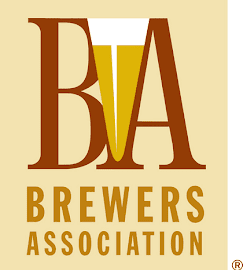About 13.73 billion years ago, there was a Big Bang. Then
Around 80 million years ago, when Triceratops still browsed the plains of what wasn’t yet North America, some flowering plant species developed a new strategy to spread their seeds, encasing them in a cover – fruit – that became sweet and tasty as ever
ything ripened. The fruit was then eaten by animals, which would subsequently deposit the seeds far away from the mother plant, and with the addition of some useful fertiliser as well.
It did not take long, however, for enterprising funguses to start exploiting the sugar in the ripe fruits for their own growth and development, using oxygen to break the sugar down into carbon dioxide and water, releasing energy at the same time. If there was no oxygen about they would turn the sugar, via acetaldehyde, into alcohol, and make energy that way, although they very much preferred not to: alcohol was poisonous.
This "A Short History of Yeast" —brewers' yeast— continues at The Zythophile.
And, from the 'department of timeliness': the Brookston Beer Bulletin notes that National Public Radio's (NPR) Science Friday program today will, in part, discuss lager yeast evolution.
researchers found two different family groupings in the lager yeasts they studied, with one lineage associated primarily with Carlsberg breweries in Denmark and breweries in what is now Czechoslovakia, and the other family grouping connected mainly to breweries in the Netherlands, including Heineken.












Wow, so it's Czecheslovakia again huh? Poor old Czech Republic - just not meant to last. Good thing NPR is on the ball...
ReplyDelete